- Duke Magazine »
- Writers »
- Duke Magazine Staff
ARTICLES BY Duke Magazine Staff
-
February 27, 2014
-
February 27, 2014
-
February 25, 2014
-
November 19, 2013
-
November 19, 2013
-
November 19, 2013
-
November 12, 2013
-
November 12, 2013
-
November 12, 2013
-
November 12, 2013
-
November 12, 2013
-
November 12, 2013
-
November 12, 2013
-
November 12, 2013
-
November 12, 2013
-
November 12, 2013
-
November 12, 2013
-
November 12, 2013
-
November 12, 2013
-
November 12, 2013
-
November 12, 2013
-
November 12, 2013
-
November 12, 2013
-
September 19, 2013
-
September 19, 2013
-
September 19, 2013
-
September 19, 2013
-
September 19, 2013
-
September 19, 2013
-
September 19, 2013
-
September 19, 2013
-
September 17, 2013
-
September 17, 2013
-
September 17, 2013
-
September 17, 2013
-
September 17, 2013
-
September 17, 2013
-
September 17, 2013
-
September 17, 2013
-
September 17, 2013
-
September 17, 2013
-
September 17, 2013
-
September 17, 2013
-
September 17, 2013
-
September 17, 2013
-
July 26, 2013
-
July 26, 2013
-
July 26, 2013
-
July 25, 2013
-
July 25, 2013
-
July 25, 2013
-
July 25, 2013
-
July 25, 2013
-
July 25, 2013
-
July 25, 2013
-
July 25, 2013
-
July 25, 2013
-
July 25, 2013
-
May 24, 2013
-
May 24, 2013
-
May 21, 2013
-
May 16, 2013
-
May 15, 2013
-
May 15, 2013
-
May 15, 2013
-
May 15, 2013
-
May 15, 2013
-
May 15, 2013
-
May 14, 2013
-
May 14, 2013
-
May 14, 2013
-
May 14, 2013
-
May 14, 2013
-
May 14, 2013
-
May 14, 2013
-
May 14, 2013
-
May 14, 2013
-
May 14, 2013
-
May 14, 2013
-
May 14, 2013
-
May 14, 2013
-
May 14, 2013
-
May 14, 2013
-
May 14, 2013
-
May 14, 2013
-
May 14, 2013
-
May 14, 2013
-
May 14, 2013
-
February 13, 2013
-
February 13, 2013
-
February 13, 2013
-
February 13, 2013
-
February 13, 2013
-
February 13, 2013
-
February 13, 2013
-
February 13, 2013
-
February 13, 2013
-
February 13, 2013
-
February 13, 2013
-
February 13, 2013
-
February 13, 2013
-
February 13, 2013
-
February 13, 2013
-
February 13, 2013
-
February 13, 2013
-
February 13, 2013
-
February 13, 2013
-
February 13, 2013
-
November 29, 2012
-
November 29, 2012
-
November 29, 2012
-
November 29, 2012
-
November 12, 2012
-
November 12, 2012
-
November 7, 2012
-
November 7, 2012
-
November 7, 2012
-
November 5, 2012
-
November 5, 2012
-
November 5, 2012
-
November 5, 2012
-
November 5, 2012
-
November 5, 2012
-
November 5, 2012
-
November 5, 2012
-
November 5, 2012
-
November 5, 2012
-
November 5, 2012
-
November 5, 2012
-
November 5, 2012
-
November 5, 2012
-
November 5, 2012
-
November 5, 2012
-
November 5, 2012
-
November 5, 2012
-
November 1, 2012
-
October 4, 2012
-
October 4, 2012
-
October 4, 2012
-
October 4, 2012
-
October 4, 2012
-
October 2, 2012
-
October 2, 2012
-
October 2, 2012
-
October 2, 2012
-
October 2, 2012
-
October 2, 2012
-
October 1, 2012
-
October 1, 2012
-
October 1, 2012
-
October 1, 2012
-
October 1, 2012
-
October 1, 2012
-
October 1, 2012
-
October 1, 2012
-
October 1, 2012
-
October 1, 2012
-
September 27, 2012
-
September 27, 2012
-
September 27, 2012
-
September 24, 2012
-
September 24, 2012
-
September 24, 2012
-
September 24, 2012
-
September 24, 2012
-
September 24, 2012
-
September 24, 2012
-
September 24, 2012
-
September 24, 2012
-
August 8, 2012
-
August 8, 2012
-
August 8, 2012
-
August 8, 2012
-
August 8, 2012
-
August 8, 2012
-
August 8, 2012
-
August 8, 2012
-
August 8, 2012
-
August 8, 2012
-
August 8, 2012
-
August 8, 2012
-
August 8, 2012
-
August 8, 2012
-
August 8, 2012
-
August 8, 2012
-
August 8, 2012
-
August 8, 2012
-
August 7, 2012
-
August 6, 2012
-
August 6, 2012
-
June 11, 2012
-
June 6, 2012
-
June 4, 2012
-
June 4, 2012
-
June 4, 2012
-
June 4, 2012
-
June 4, 2012
-
June 4, 2012
-
June 4, 2012
-
June 4, 2012
-
June 4, 2012
-
June 4, 2012
-
June 4, 2012
-
June 4, 2012
-
June 4, 2012
-
June 4, 2012
-
June 4, 2012
-
June 4, 2012
-
June 4, 2012
-
June 4, 2012
-
June 4, 2012
-
June 4, 2012
-
June 4, 2012
-
June 4, 2012
-
June 3, 2012
-
May 31, 2012
-
May 18, 2012
-
April 22, 2012
-
April 1, 2012
-
April 1, 2012
-
April 1, 2012
-
April 1, 2012
-
April 1, 2012
-
April 1, 2012
-
April 1, 2012
-
April 1, 2012
-
April 1, 2012
-
April 1, 2012
-
April 1, 2012
-
April 1, 2012
-
April 1, 2012
-
April 1, 2012
-
April 1, 2012
-
April 1, 2012
-
April 1, 2012
-
April 1, 2012
-
April 1, 2012
-
April 1, 2012
-
April 1, 2012
-
April 1, 2012
-
April 1, 2012
-
January 31, 2012
-
January 31, 2012
-
January 31, 2012
-
January 31, 2012
-
January 31, 2012
-
January 31, 2012
-
January 31, 2012
-
January 31, 2012
-
January 31, 2012
-
January 31, 2012
-
January 31, 2012
-
January 31, 2012
-
January 31, 2012
-
January 31, 2012
-
January 31, 2012
-
January 31, 2012
-
January 31, 2012
-
January 31, 2012
-
January 31, 2012
-
January 31, 2012
-
January 31, 2012
-
January 31, 2012
-
January 31, 2012
-
January 31, 2012
-
January 31, 2012








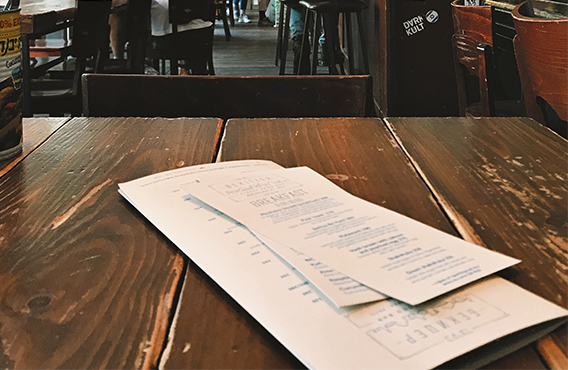








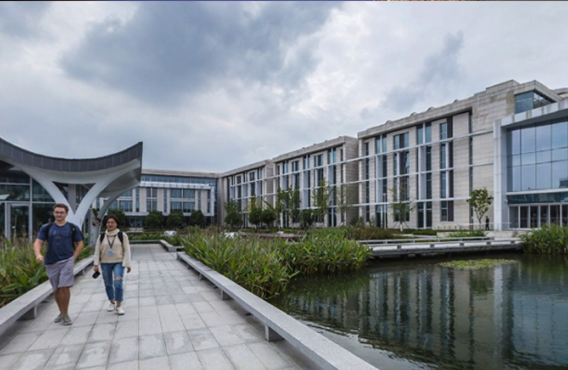



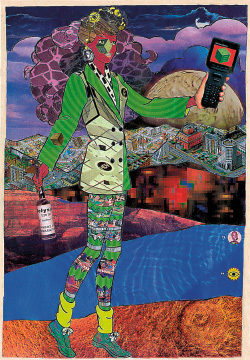

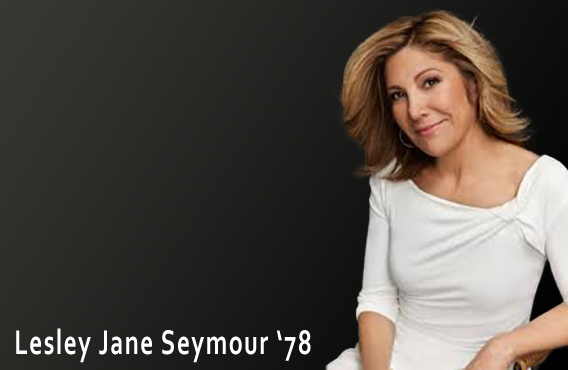






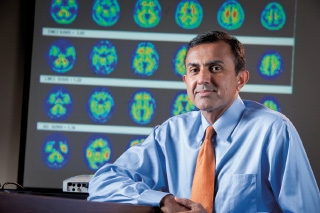








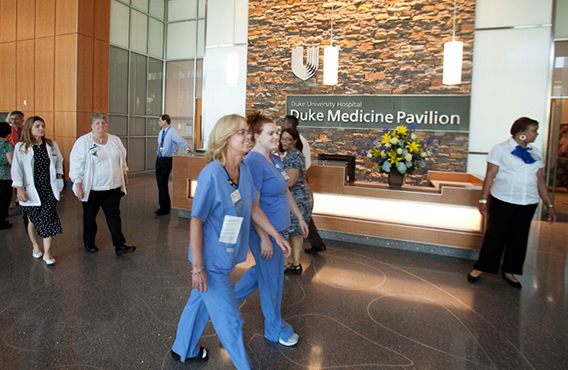





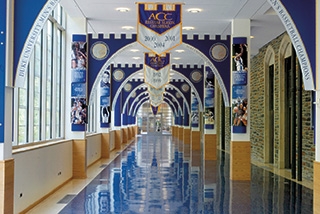

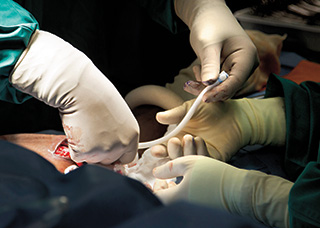




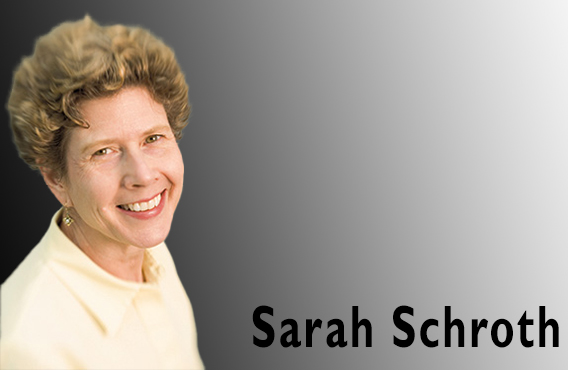




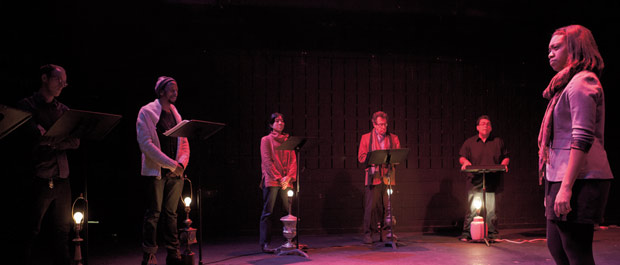

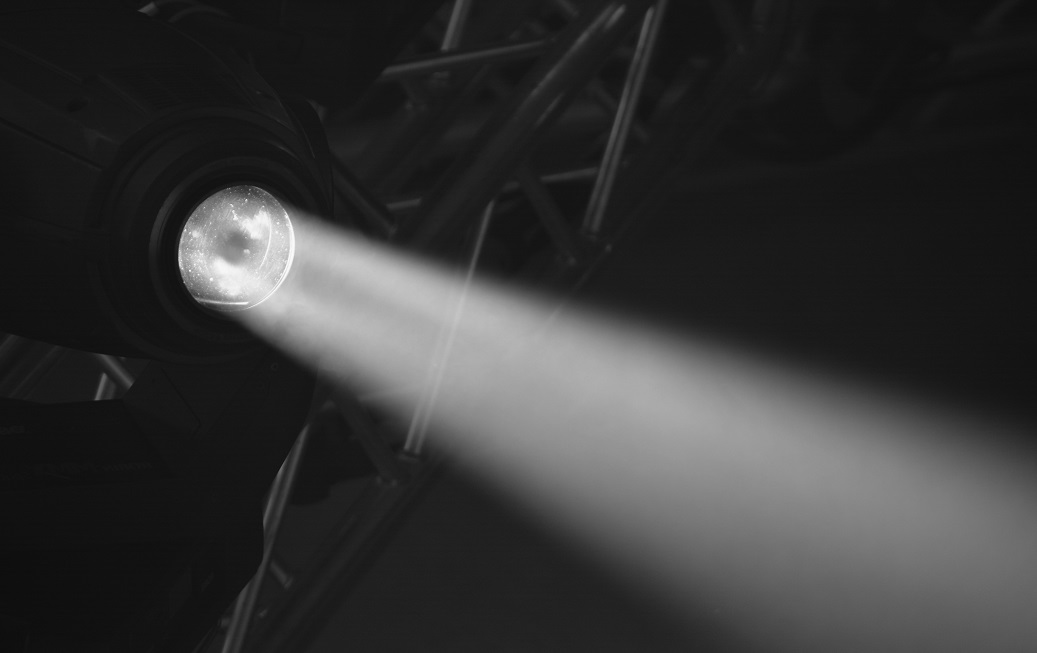







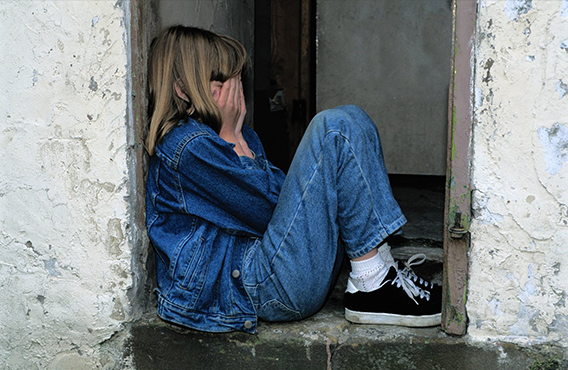




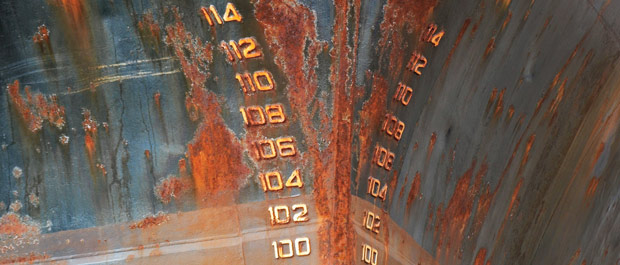




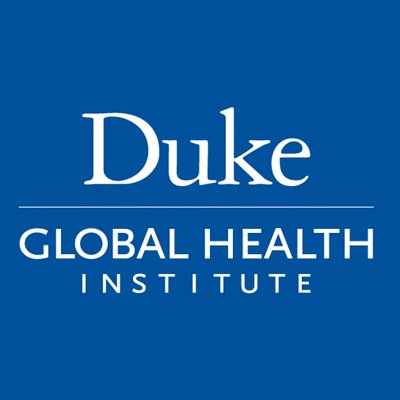





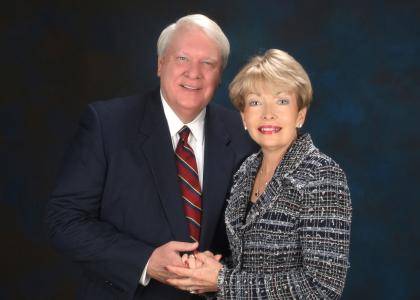
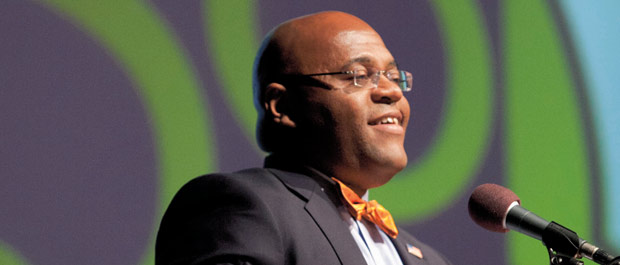



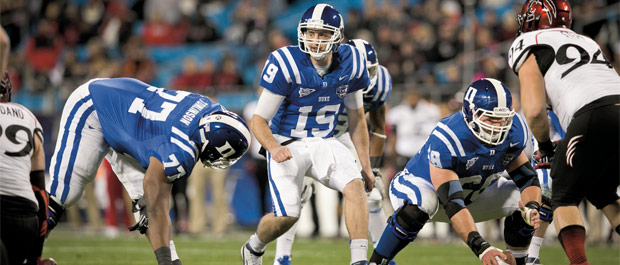






















![Sharp pitch: Music department graduate students Karen Cook and Stephen Pysnik A.M. '10 play crumhorns from the instruments collection. [Credit: Les Todd]](https://alumni.duke.edu/sites/default/files/dm-main-images/cook-pysnik-620x265.jpg)










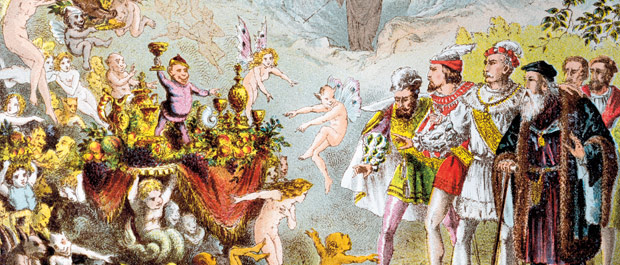


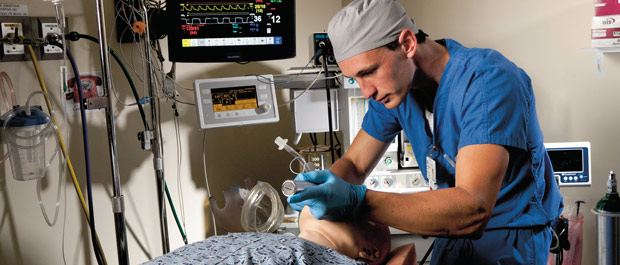






![No I in tee: Tabria Williford and Maddy Haller in the team's “Compete” shirts [Photos: Jon Gardiner]](https://alumni.duke.edu/sites/default/files/dm-main-images/Soccer_compete_1200x700.jpg)


![Sheriff of the dining halls: Like his father, George-Frank Wall worked at Duke for more than sixty years. [Courtesy University Archives]](https://alumni.duke.edu/sites/default/files/dm-main-images/retro-620x265_1.jpg)


![Sealed with a kiss: Kelley and Schmidt mere moments after the proposal. [Courtesy: David Kelley]](https://alumni.duke.edu/sites/default/files/dm-main-images/foreverduke-620x265.jpg)
![On stage: In Houston, Brodhead and Shane Battier traded insights on basketball and Duke's future. [Credit: Chris Hildreth]](https://alumni.duke.edu/sites/default/files/dm-main-images/dialogue-620x265.jpg)

![Showing medal: Nick McCrory and Abby Johnston, with coach Drew Johansen, returning from London [Credit: Jon Gardiner]](https://alumni.duke.edu/sites/default/files/dm-main-images/olympians-620x265.jpg)



![Detective work: Author Zorn with the issue of True magazine containing an article about the Lindbergh case; Zorn's father came across the magazine in a barbershop and started piecing together decades-old memories of a neighbor he suspected was involved. [Credit:Caitlin Orban]](https://alumni.duke.edu/sites/default/files/dm-main-images/zorn-620x265.jpg)
![Opening the door to joy: During his sermon, Villegas urges parishioners to worship “with our whole body and with all of our might.” [Credit: Megan Morr]](https://alumni.duke.edu/sites/default/files/dm-main-images/divine-620x265.jpg)
![How safe is safety? Heather Stapleton’s lab has found flame-retardant chemicals in a wide array of baby products. [Credit: Les Todd]](https://alumni.duke.edu/sites/default/files/dm-main-images/dust-620x265.jpg)
![[Credit: Alberto Ruggieri/Illustration Works/Corbis]](https://alumni.duke.edu/sites/default/files/dm-main-images/bigquestion-620x265.jpg)

![Attention deficit: Players at an international gaming convention may not be as good at handling multiple tasks as they think. [Credit: Imaginechina/Corbis]](https://alumni.duke.edu/sites/default/files/dm-main-images/multitasking-620x265.jpg)

![Scrawls of time: Graffiti uncovered during the library’s renovations [Credit: Eric Ferreri]](https://alumni.duke.edu/sites/default/files/dm-main-images/writing-620x265.jpg)



![Seeking opportunity: Visa issues can complicate postgraduate life for the nearly one in six Duke students who come from foreign countries. [Credit: Les Todd]](https://alumni.duke.edu/sites/default/files/dm-main-images/visa-620x265.jpg)
![[Credit: Joshua Sage Newman]](https://alumni.duke.edu/sites/default/files/dm-main-images/partlycloudy-620x265.jpg)
![Life’s work: Photographs and other items, including a 1935 Nazi-issued work permit, from the Abraham Joshua Heschel archive. [Credit: David M. Rubenstein Rare Book & Manuscript Library]](https://alumni.duke.edu/sites/default/files/dm-main-images/archival-620x265.jpg)
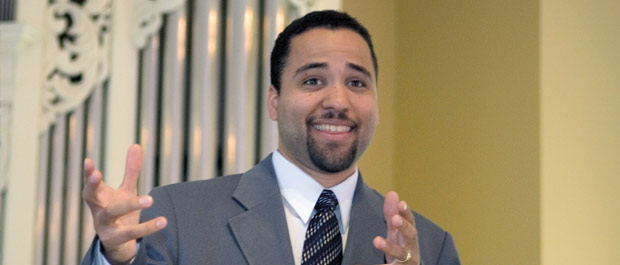

![Christine Schindler with former President Bill Clinton. [Credit: Clinton Global Initiative]](https://alumni.duke.edu/sites/default/files/dm-main-images/plaza-620x265.jpg)

![Duke engaged: Brodhead visits a Freedom School in Bennettsville, South Carolina, site of a DukeEngage project. [Credit: Chris Hildreth]](https://alumni.duke.edu/sites/default/files/dm-main-images/brodhead-620x265.jpg)

![Storing a secret: Rare sewing kit hides a collection of German literary classics. [Credit: Les Todd]](https://alumni.duke.edu/sites/default/files/dm-main-images/devilsown-620x265.jpg)
![Presidential purpose: Howard’s priorities include developing more robust online networks and enhancing lifelong learning opportunities for alumni. [Megan Morr]](https://alumni.duke.edu/sites/default/files/dm-main-images/foreverduke-howard-620x265.jpg)
![Armaleo: Introducing students to the beauty and complexity of life’s diversity [Megan Morr]](https://alumni.duke.edu/sites/default/files/dm-main-images/foreverduke-armaleo-620x265.jpg)

![[Les Todd]](https://alumni.duke.edu/sites/default/files/dm-main-images/devilsown-620x265_0.jpg)
![Well wishers: Surrounded by teammates and villagers, sophomore offensive lineman Laken Tomlinson pumps the first buckets of clean water from the newly dug well. [Credit: Merrie Harding]](https://alumni.duke.edu/sites/default/files/dm-main-images/sports-620x265.jpg)


![[istockphoto]](https://alumni.duke.edu/sites/default/files/dm-main-images/ideas-dna-620x265.jpg)

![Change of heart: Successful regeneration of damaged aortal tissue may have broader therapeutic applications. [Copyright: Dr. Fred Hossler/Visuals Unlimited/Corbis]](https://alumni.duke.edu/sites/default/files/dm-main-images/ideas-heart-620x265.jpg)



![Honored: Gene Kendall, Wilhelmina Reuben-Cooke, and Nathaniel "Nat" White, the three surviving members of the first five undergraduates to integrate Duke in 1963. [Credit: Les Todd]](https://alumni.duke.edu/sites/default/files/dm-main-images/quad-legacy-620x265.jpg)

![[Credit: Les Todd]](https://alumni.duke.edu/sites/default/files/dm-main-images/quad-plaza-620x265.jpg)
![Ephemeral Fairy Tales: For her senior capstone project, Katherine Noel ’12 created “Stories and Sculptures,” a series of childhood fables reimagined in intricate paper cutouts. Noel was one of twenty-seven students who completed senior capstone projects through the art, art history and visual studies department. [Katherine Noel]](https://alumni.duke.edu/sites/default/files/dm-main-images/muse-large.jpg)

![Student Summan Mirza pets the tail of a flounder on an earlier night hike at Beaufort. [Katie Vo]](https://alumni.duke.edu/sites/default/files/dm-main-images/observer-mucking.jpg)





![Regal: Princess Irene, second from right, in front of Duke Chapel with a Duke-Durham contingent that included Mary Semans, second from left. [Duke University Archives]](https://alumni.duke.edu/sites/default/files/dm-main-images/Princess_Irene2-1967.jpg)




![What big eyes you have: A North Sea squid's awesome orb [Istockphoto]](https://alumni.duke.edu/sites/default/files/dm-main-images/iStock_000002313033Medium.jpg)
![[Istockphoto]](https://alumni.duke.edu/sites/default/files/dm-main-images/iStock_000015846845XLarge-1.jpg)






![Rare record: Acetate discs from the Robinso collection [Les Todd]](https://alumni.duke.edu/sites/default/files/dm-main-images/058912_lp_records006cmyk.jpg)


![[Istockphoto]](https://alumni.duke.edu/sites/default/files/dm-main-images/iStock_000017000305Large.jpg)
![[Norman Parkinson/Sygma/Corbis]](https://alumni.duke.edu/sites/default/files/dm-main-images/NPK001197.jpg)
![[Payette, Boston, MA]](https://alumni.duke.edu/sites/default/files/dm-main-images/Nicholas-building.jpg)



![Border crosser: Israeli citizen and varsity golfer Laetitia Beck at the UNC Tar Heel Invitational last fall. [Credit: Jon Gardiner]](https://alumni.duke.edu/sites/default/files/dm-main-images/030412_depspt1_0.jpeg)


![[Credit: John Sanden]](https://alumni.duke.edu/sites/default/files/dm-main-images/MDBTS-portrait.jpg)




![The price of popularity: "The Posthumous Papers of the Pickwick Club" by Charles Dickens, left, inspired imitations such as Thomas Prest's knockoff "Penny Pickwick." [Credit: Mark Zupan]](https://alumni.duke.edu/sites/default/files/dm-main-images/Bibliofile-Pickwick-Club.jpg)




![Good news, bad news: Demographic shifts have virtually erased segregation, but not racial inequality. [Credit: iStock]](https://alumni.duke.edu/sites/default/files/dm-main-images/Suburban-Swirl-stock.jpg)



![A man of distinction: Nathaniel Hill, center, with Ragtime cast members. [Credit: Daniel Scheirer II]](https://alumni.duke.edu/sites/default/files/dm-main-images/Ragtime.jpg)

![Spidey senses: Masked avengers and caped crusaders overtake Perkins Library for its annual party. [Credit: Megan Morr]](https://alumni.duke.edu/sites/default/files/dm-main-images/Library-Party.jpg)
![Forward thinking: Hanna works to mobilize youth around pressing global concerns. [Credit: Megan Morr]](https://alumni.duke.edu/sites/default/files/dm-main-images/Student-Snapshot-Hanna.jpg)




























